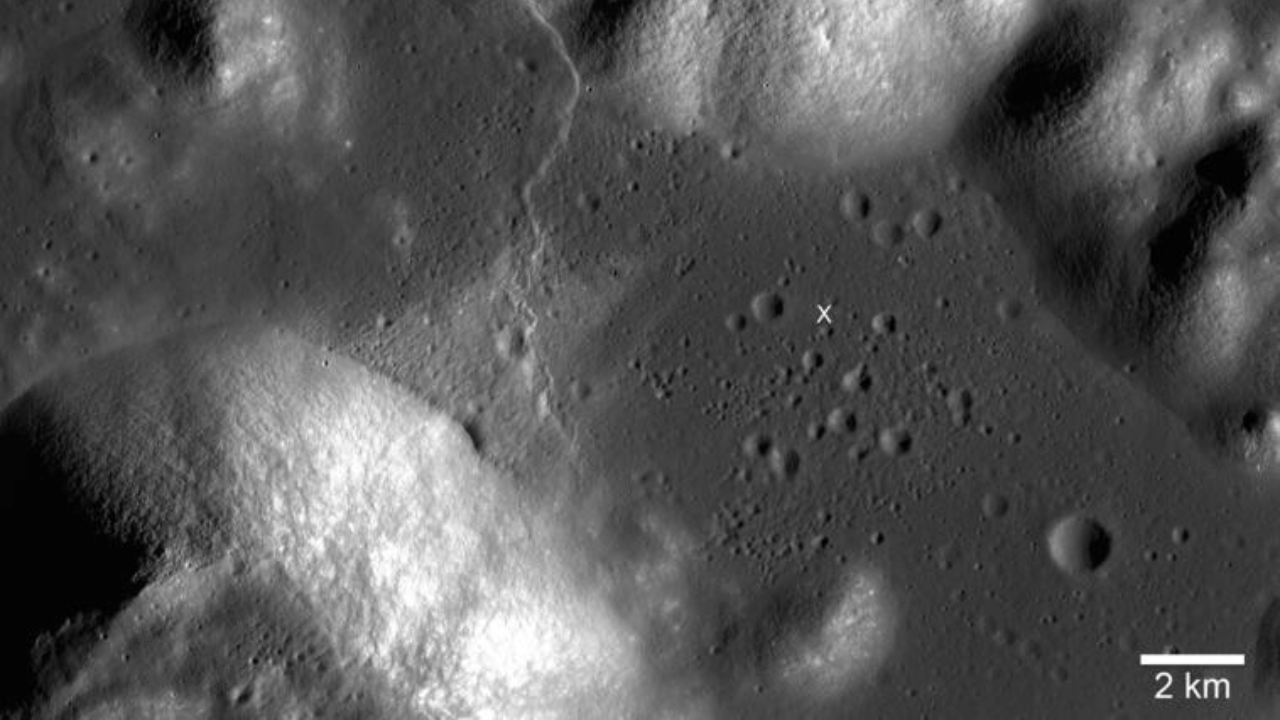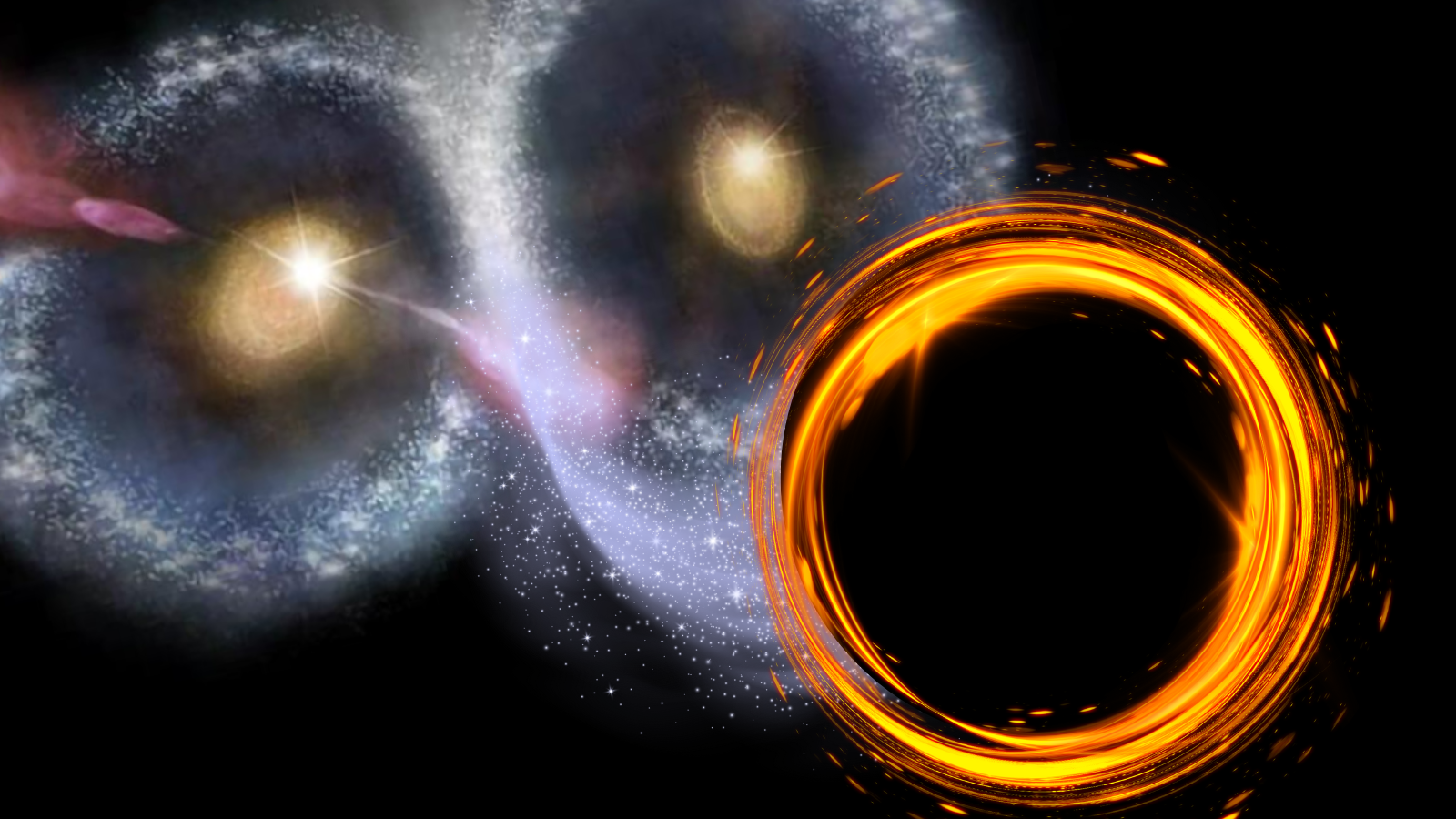Moonquakes could pose threat to future lunar bases, scientists say
"We want to make sure that our exploration of the moon is done safely and that investments are made in a way that's carefully thought out."

As the U.S. and other nations prepare for a new era of space exploration, new research suggests "moonquakes" could pose an invisible risk to future landers, habitats and long-term infrastructure.
In a study published on July 30 in the journal Science Advances, geophysicists examined the Apollo 17 landing site in the moon's Taurus-Littrow valley — where astronauts last set foot on the moon in 1972 — to understand how seismic activity has shaped the landscape. Their findings suggest ancient moonquakes, triggered by underground faults, have repeatedly shaken the region over tens of millions of years. These faults may still be active today, posing potential hazards to future missions, especially if infrastructure is built too close to them.
According to the study, the chance of a damaging moonquake occurring near an active fault on any given day is about 1 in 20 million. However, the context around that figure is important.
"If astronauts are there for a day, they'd just have very bad luck if there was a damaging event," Nicholas Schmerr, a geophysicist at the University of Maryland and a co-author of the new study, said in a statement. But over the span of a 10-year lunar mission, that risk rises to about 1 in 5,500, he said. "It's similar to going from the extremely low odds of winning a lottery to much higher odds of being dealt a four of a kind poker hand."
That cumulative risk is particularly relevant as NASA's Artemis program aims to establish a permanent human presence on the moon. Newer spacecraft, such as the Starship Human Landing System, could be more vulnerable to ground movement than their Apollo predecessors, the new study suggests.
"We want to make sure that our exploration of the moon is done safely and that investments are made in a way that's carefully thought out," Schmerr said in the statement. "The conclusion we came to is: don't build right on top of a scarp, or recently active fault. The farther away from a scarp, the lesser the hazard."
Boulder trails as seismic clues
Unlike Earth, the moon lacks a network of seismic sensors. To estimate the strength and frequency of past moonquakes, the research team relied on visual evidence like landslides and boulder trails.
Breaking space news, the latest updates on rocket launches, skywatching events and more!
The Taurus-Littrow valley is littered with massive boulders scattered across steep slopes. While some were likely ejected by meteor impacts, many show no sign of nearby craters. Schmerr and his colleague Thomas Watters, a senior scientist emeritus at the Smithsonian's National Air and Space Museum, traced these boulders back to elevated slopes, finding that their trails aligned more with seismic shaking than impact debris patterns.
To test their hypothesis, the researchers modeled a hypothetical magnitude 3.0 moonquake along the Lee-Lincoln fault, which runs directly through the Apollo 17 landing site. Their simulations showed that shaking from such a quake would be strong enough to dislodge boulders and trigger landslides — supporting the idea that repeated moonquakes helped shape the area's landscape over time.
Although a magnitude 3.0 quake is considered minor on Earth, on the moon, such shaking near key infrastructure could be damaging. The researchers note that thrust faults like the Lee-Lincoln scarp are common across the moon's surface, and many likely grew through repeated small slip events rather than single, massive quakes. This means these regions may still be seismically active today. Seismic shaking drops off with distance, so careful site selection can significantly reduce the danger, the study notes.
"It doesn't sound like much, but everything in life is a calculated risk," Schmerr said in the statement. "The risk of something catastrophic happening isn't zero, and while it's small, it's not something you can completely ignore while planning long-term infrastructure on the lunar surface."
The study was published on July 30 in the journal Science Advances.

Sharmila Kuthunur is an independent space journalist based in Bengaluru, India. Her work has also appeared in Scientific American, Science, Astronomy and Live Science, among other publications. She holds a master's degree in journalism from Northeastern University in Boston.
You must confirm your public display name before commenting
Please logout and then login again, you will then be prompted to enter your display name.


